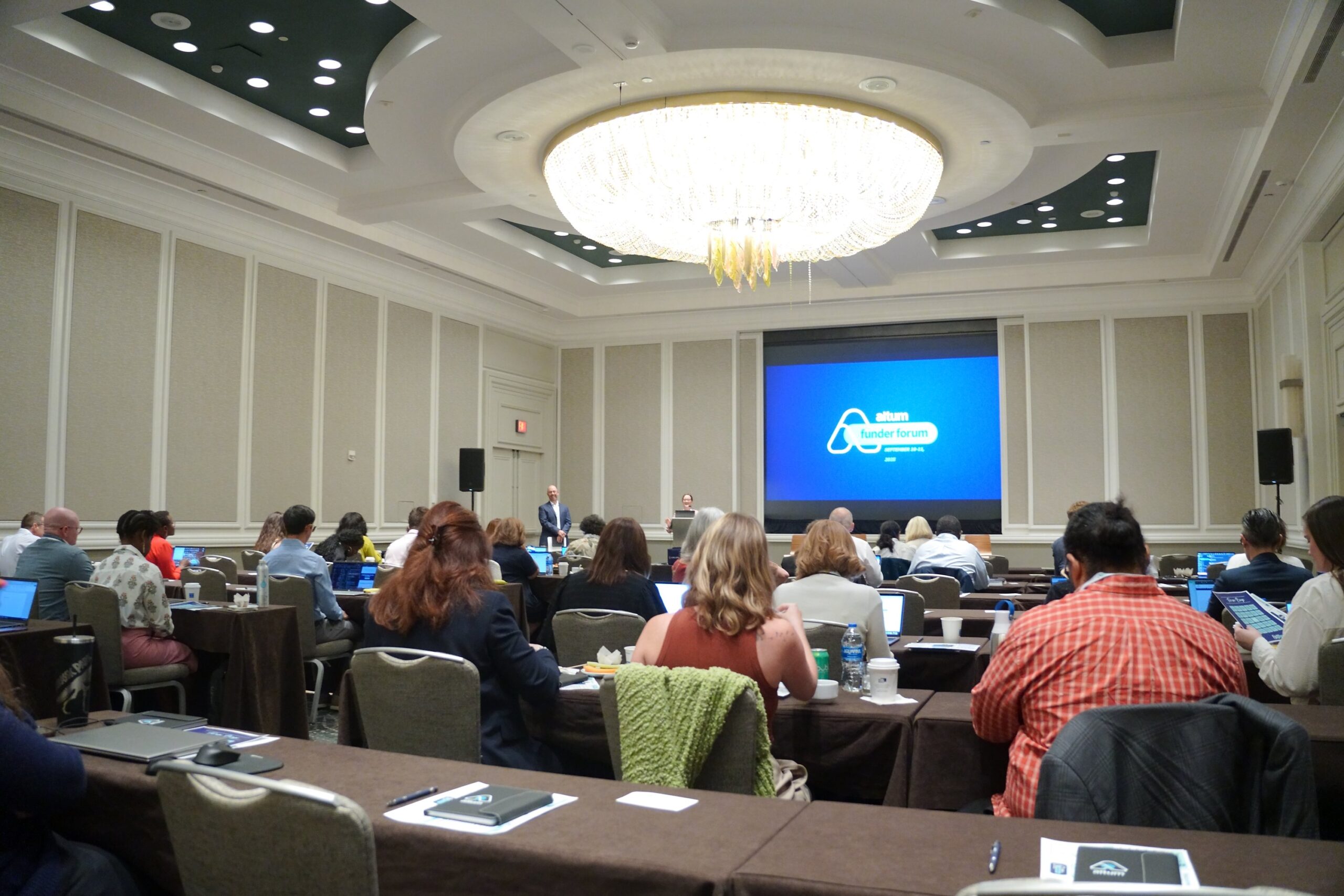In our recent webinar titled “Navigating Impact Reporting: A Guide for Funders,” leading experts, including Diane Bovenkamp, PhD, Vice President of Scientific Affairs at BrightFocus Foundation, and Kristen Ratan, Principal at Stratos and Co-Founder of ICOR, gathered to discuss the critical aspects of impact measurement in grant funding. This blog distills the essential elements and actionable advice discussed during the webinar. It provides a comprehensive guide for funders committed to driving substantial change through effective grant outcome assessment.
Understanding Impact Reporting
Impact reporting is a vital resource that funders can leverage to evaluate the effectiveness of their grants. During the webinar, speakers emphasized the importance of clearly defining what should be tracked and why these metrics are critical. By focusing on specific impact metrics, funders can more accurately assess the contributions of their grants toward achieving broader goals.
This approach enables funders to align their funding strategies with their mission objectives effectively. It facilitates the identification of the most impactful initiatives, allowing for a more strategic allocation of resources. By analyzing these metrics, funders can gain insights into the direct and indirect effects of their grants. This analytical process is essential for continuous improvement in funding strategies.
The Role of Open Science in Enhancing Transparency and Reproducibility
Kristen Ratan provided an in-depth exploration of how implementing open science frameworks can significantly enhance the transparency and reproducibility of research. Open science makes the research process more accessible and transparent. It allows for a broader examination and verification of results, which is vital for building trust and credibility.
Ratan emphasized that open science practices lead to greater reproducibility of research findings by making methodologies, data, and results openly available. This allows other researchers to replicate studies to verify results and build upon them. This is a critical aspect of scientific research that accelerates knowledge dissemination and application, thereby amplifying the impact of research.
Utilizing Advanced Tools for Comprehensive Tracking and Impact Reporting
Diane Bovenkamp shared examples from her work at BrightFocus Foundation, where they utilize a sophisticated mix of quantitative and qualitative data to comprehensively evaluate the impact of their grants. BrightFocus leverages advanced tools such as Proposal Central, Altum Analytics, and Altum Insights to track and analyze the effectiveness of grants. These tools help capture a wide array of data points, enabling a thorough understanding of the breadth and depth of the impact facilitated by their funding.
To further enhance the effectiveness of impact reporting, funders are encouraged to adopt a holistic approach that embraces both quantitative metrics and qualitative feedback. This mixed-methods approach facilitates a more comprehensive evaluation process. It allows funders to understand the outcomes and the processes leading to these outcomes. By integrating both data types, funders can identify best practices and areas needing improvement, fostering a culture of learning and innovation within their organizations.
Ultimately, impact reporting is about using the data collected to inform decision-making, improve current practices, and innovate for future success. As funders become more adept at utilizing these vital resources, the potential for achieving substantial and lasting impacts grows.
Impact Reporting Lessons Learned and Best Practices
The webinar also covered the challenges associated with impact reporting. The speakers shared lessons learned from their experiences, highlighting the importance of flexibility in adapting metrics to suit different projects and the need for ongoing dialogue with stakeholders to refine impact assessment strategies. They underscored potential pitfalls in impact reporting, such as the over-reliance on traditional metrics like publication counts and citation indices, which may not fully capture the real-world impact of research.
The “Navigating Impact Reporting” webinar provided a plethora of insights and strategies that funders can implement to enhance their impact measurement and reporting practices. The key takeaways—understanding what to track, utilizing the right tools, and learning from the funder community—are essential for anyone committed to achieving lasting impact through their grants.
Funders and grant administrators are encouraged to view the recorded session, available on demand, to dive deeper into the discussions.




